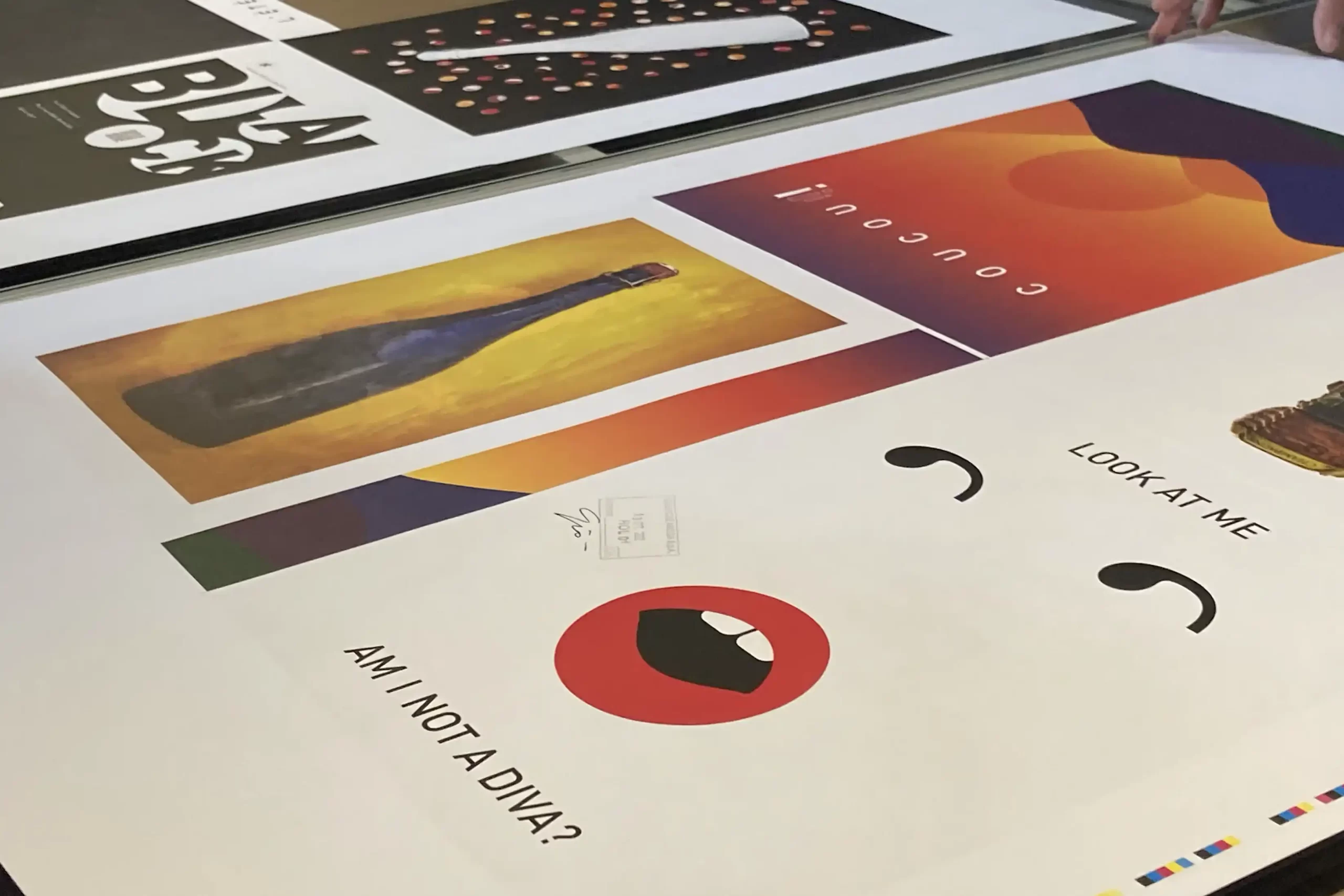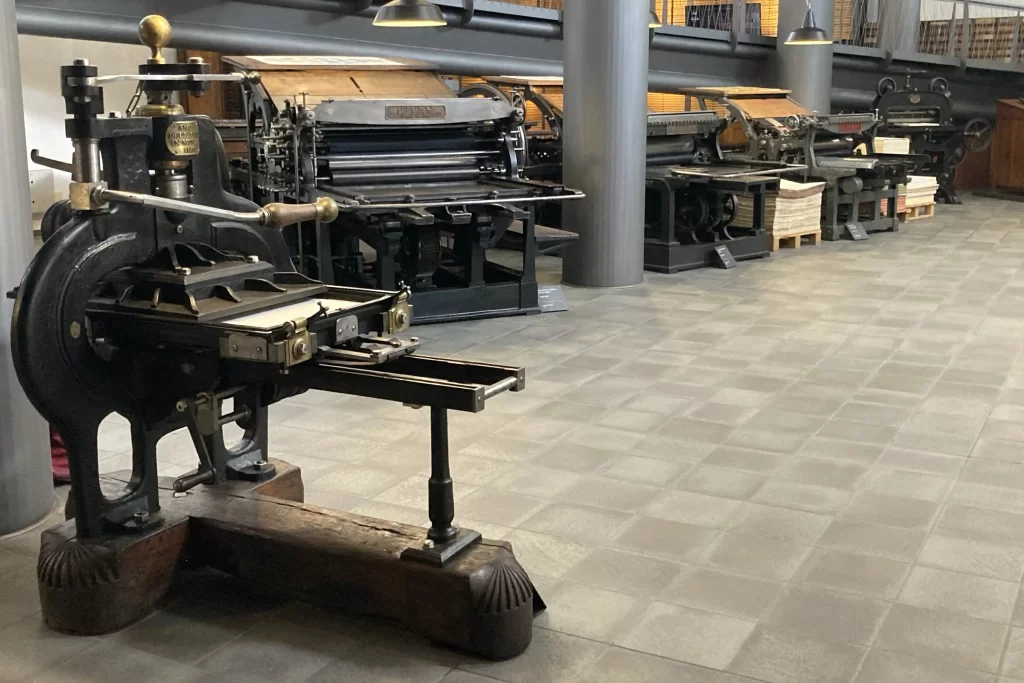Comte de Montaigne presents, at the St. Regis Venice, Généalogie, the photographic book that the Champagne House has entrusted to the creative direction of Giò Martorana
Comte de Montaigne presents the photo book Généalogie
Evening. A full moon bounces through the waves of the Grand Canal and enters the room of the St. Regis hotel in Venice, guiding Giò Martorana’s words as he recounts the journey that led him to work on the book Généalogie, created for the champagne house, Comte de Montaigne.
«In the fall of 1908, Claude Monet was painting in this room», Martorana recounts. He emphasizes how all his work is imbued with inspirations that echo distant but deep-rooted names. This was also the case for Généalogie, which starts from the places, objects, and colors of the context in which Maison’s Cuvées are born, and goes all the way to the intimate references of the photographer’s childhood, such as those to his Sicily.
Italy and France: the biography of Stéphane Revol, CEO of Comte de Montaigne
A creative exchange, an artistic collaboration between art and wine, a mixture of senses that takes inspiration from the friendship and love between Italy and France. Not only in Martorana’s references but also in paying homage to the private life of Comte de Montaigne’s CEO, Stéphane Revol, a generation-long Frenchman who declares himself in Venice to the love of his life and in Italy decides to establish a substantial part of his business.
«The shots, taken with natural light between Italy and France, make Comte de Montaigne’s landscape, bottle, colors, and places talk to each other in a creative mix, leaving a door always open to the imagination», explains photographer Martorana.
Généalogie and the symbolic universe of Champagne: circle, time and dynamism
Martorana’s shots capture Champagne’s ingredients, translating them into visual metaphors, into graphic signs that are imprinted in a dynamic succession of shimmering pages full of suggestions and visions.. «The world of the bottle is a circle: it is a circle the imprint of the bottle and that of the wine glass; it is a circle the clock that marks time and accompanies the aging of champagne in the succession of the seasons; it is a circle the manual act of remuage of the wine that makes champagne what we know it to be».
On the one hand, respect for time; on the other, dynamism. Movement is another aspect that Martorana suggests with his shots. Champagne is symbolic of an energy released. Of a nectar that devotes its entire existence to the fleeting enjoyment of the moment. And this becomes clearer and clearer as one flips through the pages of Généalogie.
The Vintage Comte de Montaigne cuvée Généalogie 2008
With this publication Comte de Montaigne presents to the public its Vintage cuvée Généalogie 2008. The photographic volume, produced in a limited edition, will be available on allocation to friends of the Maison. It will also be available to members of the Club of the Knights of Comte in a boxed set containing the eponymous vintage. A book that reflects Maison’s soul, distinguished by its origins, main grape variety, and production process.
The history of the Maison Comte de Montaigne in Troyes, France
Maison Comte de Montaigne is located in Celles Sur Ource. It is a small town in France’s heart of the Aube department, near the center of Champagne production in the Middle Ages: Troyes. After 1789, monks’ lands throughout Champagne were assigned to caregivers with a daily commitment. However, during the first industrial revolution, most people decided to sell their lands to work in the State Railway, except in Celles Sur Ource where the lands were kept.
A number of natural conditions are distinctive to the Comte de Montaigne cuvées. The Côte de Bar has a temperate oceanic, semi-continental climate. Sun exposure is limited, offset by the relief of the hills. Rainfall is regular but moderate. The chalky subsoil allows natural regulation of heat and humidity. In winter, the soil maintains warmth, and in summer, its coolness. These characteristics make Comte de Montaigne champagnes both fresh and mineral.
The winemaking process of Comte de Montaigne champagne
Between January and April the assemblage begins, where the different cuvées, born from the first fermentation, are tasted regularly. It continues with the second fermentation in the bottle (prise de mousse) and aging on the lees. For Comte de Montaigne it is twice as long, compared to the minimum required by the specification. A way to bring out the complexity of the champagnes.
After a long rest, the yeasts forms a deposit. It is necessary to concentrate in a single point of the bottle: the cork. At this stage begins the ancient technique of remuage by hand on wooden pupitres. First, the bottles are placed horizontally. Then they are rotated and tilted thirty times in one to two months to a vertical position with the cork down.
After this stage, disgorgement, dosage, and labeling of the cuvées in all formats: half bottles, bottles, magnums, and jeroboams, the bottles are aged 36 months, without light or oxygen, at a constant temperature of 10.5°C.
Giò Martorana’s works at the St. Regis Venice: the first of a roadshow
Some of Giò Martorana’s works will be permanently housed in a room dedicated to Généalogie. In contrast, the others will be exhibited for three months in a photographic display. It is the first leg of a traveling roadshow, touching the cities of London, Ibiza, and Milan.
The tie-up with the St. Regis hotel in Venice and the Tipoteca Italiana in Cornuda, Italy
The world premiere of the Généalogie coffret was presented at the St. Regis Venice. The hotel in the lagoon houses works by several contemporary artists. Many of them made in glass and coming from the leading glassworks on the nearby island of Murano. Comte de Montaigne thus chooses the hotel as a testimony to the fruitful collaboration between art and craftsmanship. A partnership and philosophy that the Maison is committed to pursuing.
Evidence of this is also seen in the choice to print Généalogie by relying on the Tipoteca Italiana in Cornuda, Italy – which represents the major museum center in the world on the art of printing and typography. This confirms the close link with a reality that – like the Maison – has among its central values the search for perfection and has its roots in significant history, constantly evolving between tradition and innovation.
Stéphane Revol: sustainability is the respect of time and people
Equally relevant are the ethical values that Maison is committed to upholding. Comte de Montaigne primarily believes that sustainability is linked to a concern for professional ethics and respect for employee welfare. Besides cultural commitment and employee training, respect for the land and wine comes.
As Stéphane Revol points out, «it is from the rhythms of wine that modern man can learn what it means to respect the times. Champagne can teach you that there is a time for everything. It takes about fifty-five months to get a bottle of Comte de Montaigne, counted against the eighteen for other wines.
It is a slow world that the Comte de Montaigne Maison wants to celebrate, made up of a return to the circularity of time-returning to the image of the circle’s balance. But it is also a solid world, rooted in a past of artisan wisdom, conscious of the généalogie of a family that serves to pass it on.
Comte de Montaigne
The Champagne Maison Comte de Montaigne was born in Troyes, France, in the heart of the Aube region. The Maison’s name, which pays homage to Michel de Montaigne, can be found among prestigious tables in France and beyond – from Paul Bocuse’s restaurant to the Elysee Palace, the residence of the French president.
St. Regis, Venice
The St. Regis Venice is flanked by the Grand Canal. It features views of historical symbols of the city, including the Santa Maria Della Salute overlook. The hotel has occupied a prime location for more than a century and a half. It has 130 rooms and 39 suites, some with private terraces.
Giò Martorana
Martorana divides his time between fashion, reportage, advertising, and portrait photography. He has been active as a professional photographer since 1981 and an official correspondent for Gamma agency in Paris. Throughout his career, he has worked for numerous fashion and clothing brands.




















